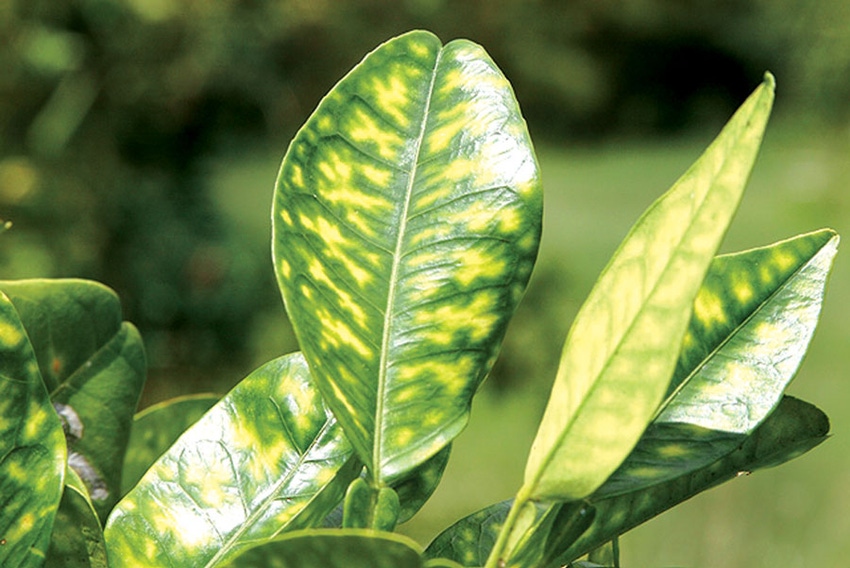September 27, 2012

A national effort to help battle some of the biggest threats to America’s citrus industry cleared a key hurdle recently.
The Senate Finance Committee passed the legislation, by U.S. Sen. Bill Nelson, D-Fla., that establishes a trust fund dedicated to finding cures for citrus diseases and other threats to the industry.
The money would be primarily used for research and development on citrus greening, a disease that is threatening the entire U.S. citrus market and the thousands of jobs it supports. The disease has hit crops in Florida, Louisiana, California, South Carolina, Texas and Georgia.
The trust fund established by the legislation would be financed by tariffs foreign producers already pay to import citrus into the United States.
The money currently goes into the General Treasury, but under the legislation a portion of it would be put into the trust fund and dedicated specifically for research and development on diseases and pests that threaten the citrus industry.
“If we don’t stop this now, we’ll end up paying five bucks for an orange — and it’ll be one imported from someplace else,” Nelson said.
According to a study earlier this year by the University of Florida, citrus greening has already cost Florida approximately $3.63 billion in lost revenues and 6,611 jobs since 2006.
The first outbreak of greening in Florida was confirmed in 2005. Two years later, it had spread to every citrus-growing area in the state. It’s also endemic in large parts of Asia and Africa, and has invaded Brazil, Puerto Rico, Cuba, Belize, parts of Mexico.
The study is the first complete assessment of greening’s economic impact on Florida, says Jack Payne, UF senior vice president for agriculture and natural resources. He calls it “an important step in the fight against greening, because it quantifies damages and could show legislators and funding agencies why the invasive disease is one of the state’s biggest challenges.
“This study shows plainly just how imperative it is that we find a cure for citrus greening. We have dedicated a huge amount of IFAS resources toward that end, and we are very appreciative of the significant support our research is receiving from the citrus industry.
“Growers are the people most obviously impacted, but the study demonstrates that many other Floridians are hurt as well — when fewer oranges are harvested, there are fewer dollars circulating in our state’s economy.”
First detected in Florida in 2005, greening causes citrus trees to drop fruit prematurely and eventually kills the trees. The disease is caused by a bacterium, and was first described in 1919 in China. The bacterium is transmitted by an invasive insect, the Asian citrus psyllid.
The study compares actual harvests of oranges used to make juice with projected harvests that would have taken place if greening had never struck Florida groves; it covers the growing seasons from 2006-2007 through 2010-2011.
You May Also Like




